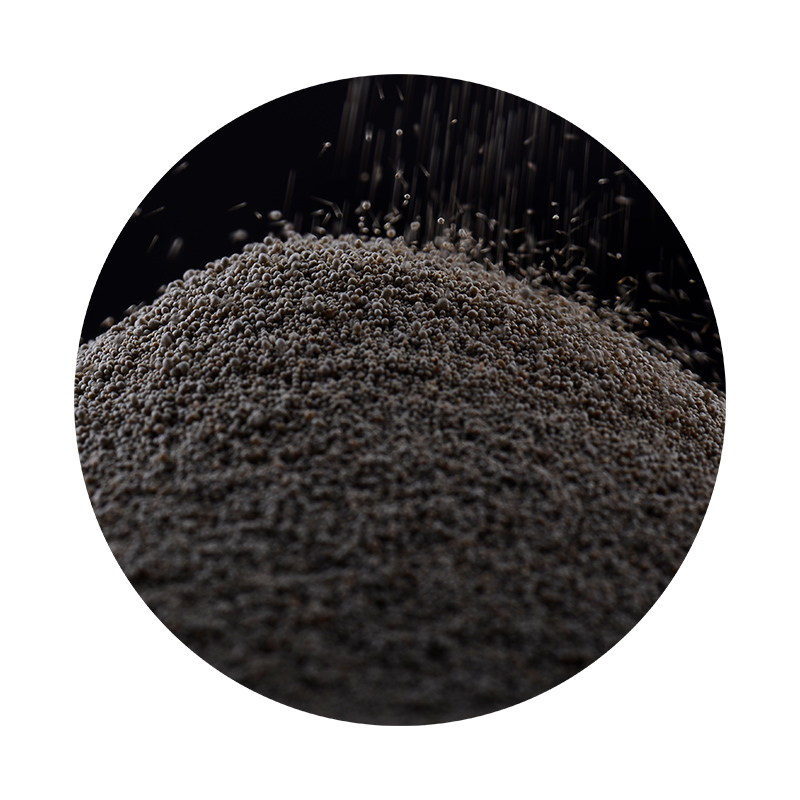Advantages of Sand Casting Process
Sand casting is a versatile and widely used metal casting process that has been in use for centuries. It entails using sand as the primary mold material to form metal components. This process is prevalent in various industries, including automotive, aerospace, and sculpture, due to its numerous advantages.
1. Cost-Effectiveness
One of the most significant advantages of sand casting is its cost-effectiveness. The materials used in sand casting, primarily sand and metal, are relatively inexpensive. This affordability allows for the production of both small and large components without incurring high material costs. Furthermore, the sand molds can be reused multiple times, reducing the overall waste and cost of materials. For companies looking to reduce production costs while maintaining quality, sand casting provides an excellent solution.
2. Versatility in Part Designs
Sand casting is remarkably versatile when it comes to the types of shapes and designs that can be produced. The process allows for intricate designs and large components to be cast with relative ease. Essentially, any shape that can be crafted into a pattern can be cast using sand casting. This flexibility makes it an ideal choice for producing a wide variety of products, from simple parts to complex assemblies. Additionally, the ability to modify the patterns ensures that any design changes can be implemented without significant delays or costs.
Another significant advantage of sand casting is its capability to produce large components. Unlike other casting methods, such as investment casting, which is limited in size, sand casting is capable of producing very large castings, sometimes weighing several tons. This makes it suitable for industries that require substantial components, such as in construction machinery, automotive and aerospace industries. Larger castings can also reduce the number of individual parts required in an assembly, contributing to a more streamlined manufacturing process.
4. Good Dimensional Tolerance
advantages of sand casting process

Sand casting offers good dimensional tolerances that can meet the requirements of many applications. While it may not achieve the fine tolerances of methods like die casting or precision casting, it can still provide satisfactory precision for a wide range of parts. The natural movement properties of sand allow for a degree of settling and adaptation, which can contribute to better dimensional accuracy. Additionally, advancements in technology, such as the introduction of computer-aided design (CAD) and computer numerical control (CNC) machinery, have enhanced the precision possible in sand casting.
5. Ease of Pattern Making
The pattern-making process in sand casting is straightforward. Patterns can be made from various materials, including metal, plastic, or even wood, which makes it accessible for many companies. The ability to create patterns relatively quickly and inexpensively helps in reducing lead times. This advantage is crucial for businesses that need to respond to market demands swiftly. The simplicity of the pattern-making process also allows for rapid prototyping, enabling designers to test and refine their designs before final production.
6. Environmental Considerations
Modern sand casting processes are increasingly being designed with sustainability in mind. The use of green sand, which is a mixture of sand, clay, and water, is becoming more common. This material is recyclable and can be reused multiple times, making the process less wasteful. Moreover, advancements in foundry technologies have led to more efficient energy consumption and reduced emissions, contributing to an overall decrease in the environmental impact associated with metal casting.
7. Suitability for Various Metals
Sand casting is compatible with a wide range of metals, including iron, aluminum, bronze, and even some steels. This versatility makes it possible to produce components with varying mechanical properties tailored to specific applications. Whether for heavy machinery or delicate parts in electronics, sand casting offers suitable options for different metals, enhancing its overall flexibility in manufacturing.
Conclusion
In summary, the sand casting process has multiple advantages that make it a popular choice in the manufacturing industry. Its cost-effectiveness, versatility, capability for large components, good dimensional tolerances, ease of pattern making, and environmental considerations all contribute to its widespread use. The adaptability of the process for various metals further enhances its appeal to manufacturers looking for efficient and effective casting methods. As industries evolve and technology advances, sand casting remains a foundational technique in metal casting, proving its value in modern manufacturing processes.
Post time:நவ் . 15, 2024 03:20
Next:what is sand casting process
